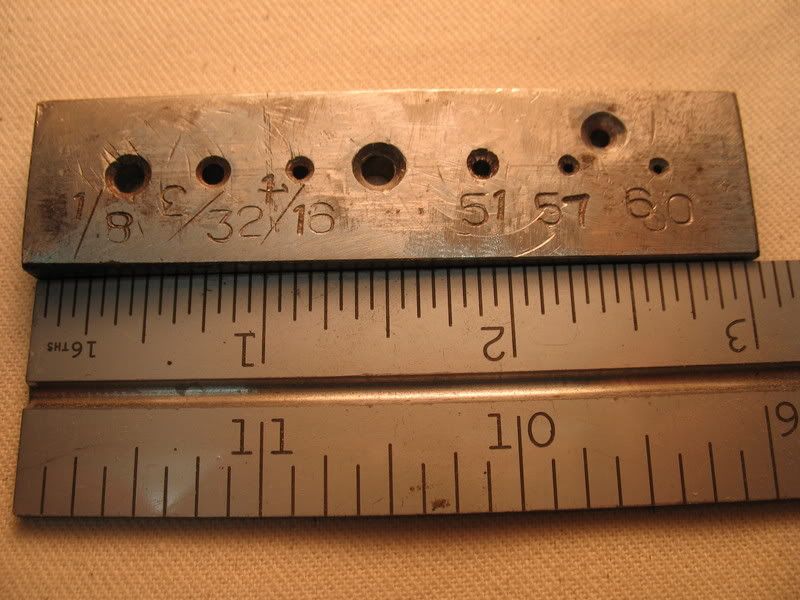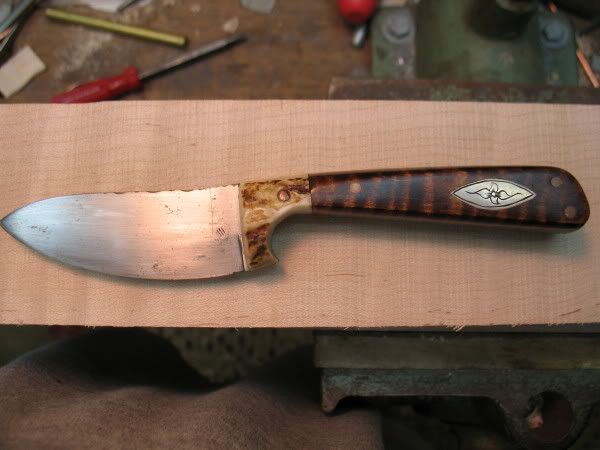Huntin Dawg,
Don't rely on epoxy alone. It may hold for a few years, but metal and wood expand at different rates and the inlays will eventually pop out. I have one rifle built in the 60's and about 6 inlays were missing. It is much easier to do it right the first time than try to cut an inlay to fit a pre-existing inlet.
Besides pinning them with nails, you can also solder small screws to the underside of the inlay to give the glue something to grab ahold of. I drilled a pilot hole through the inlays, slightly countersunk the hole, then used small brads to secure the inlays. After filing down the inlay, you can't hardly see the nails. I also used epoxy at first, but then skipped it when I saw how well the brads were working.



